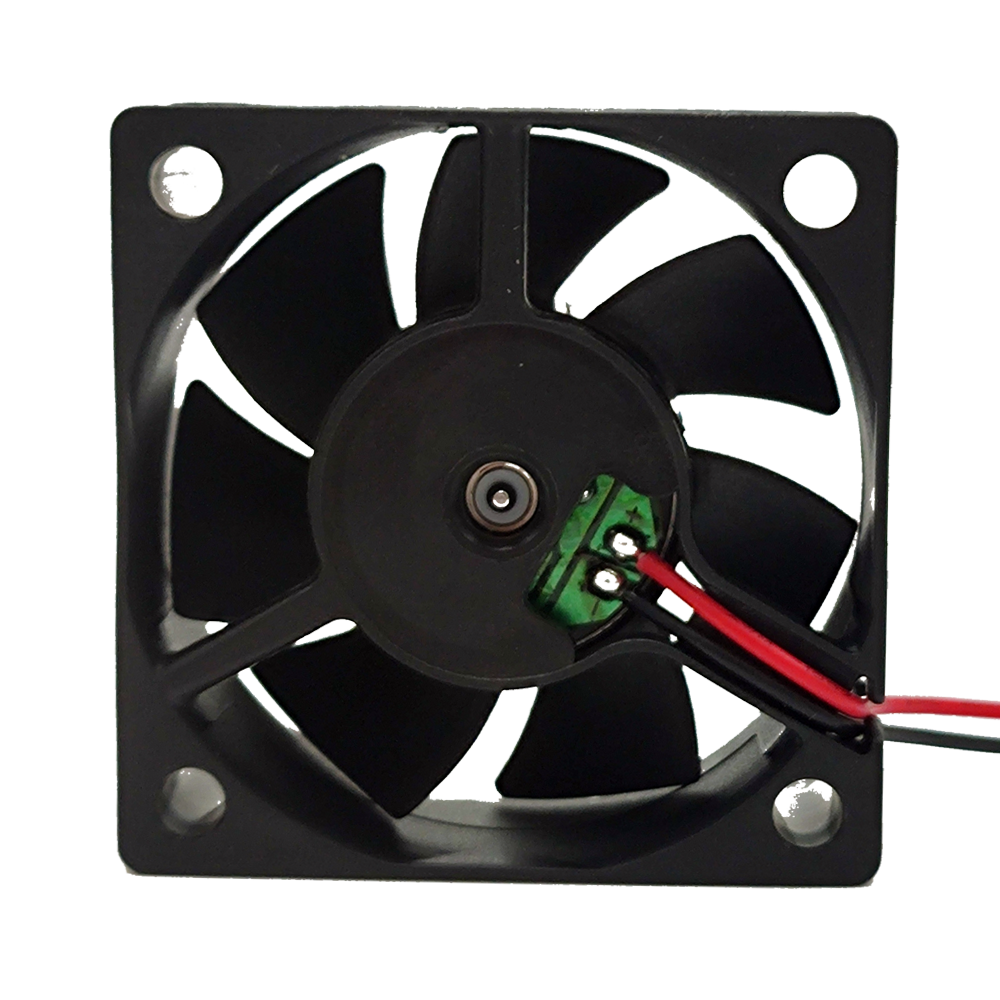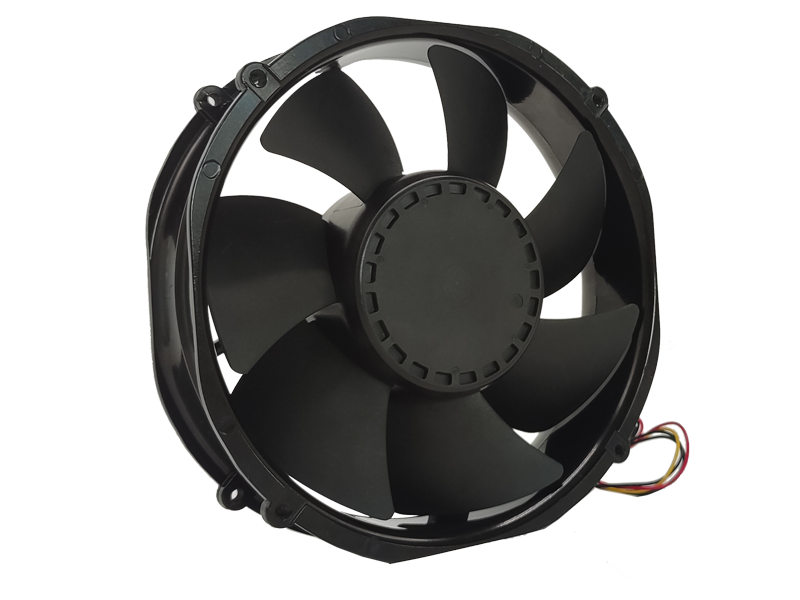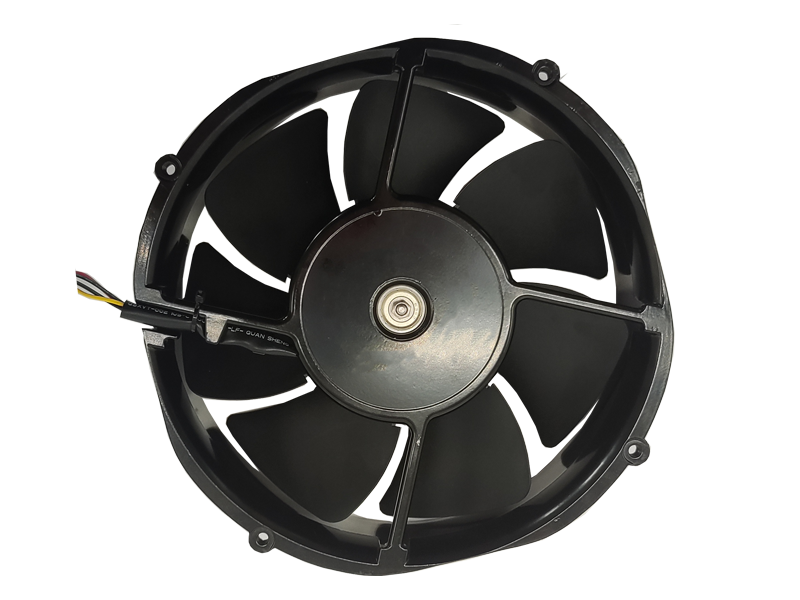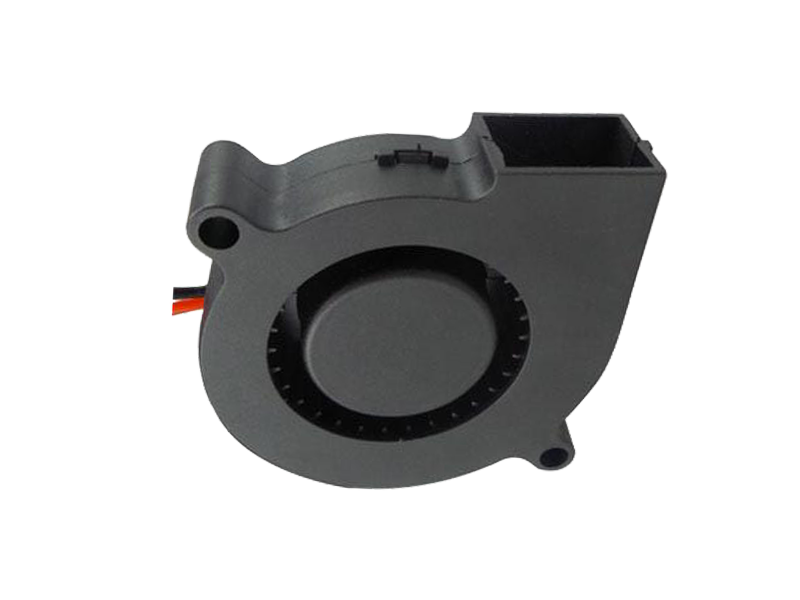The industrial fan market is witnessing a revolution driven by the Internet of Things (IoT) and artificial intelligence (AI). Smart fans equipped with sensors and connectivity are transforming from passive equipment to active participants in industrial ecosystems. This article examines how these technologies are creating new value propositions for manufacturers and end-users.
1. The Sensor Revolution: From Temperature to Vibration Spectrum Analysis
Modern smart fans integrate 15+ sensor types:
Acoustic sensors: Detect bearing defects through frequency analysis
Air quality sensors: Monitor particulate levels and chemical vapors
Strain gauges: Measure structural stress in real-time
A mining company in Chile reduced bearing replacement costs by 65% using Ziehl-Abegg's smart fans, which predict failures 3 months in advance through vibration spectrum analysis.
2. Edge Computing: Real-Time Decision Making at the Source
Processing data locally enables:
Instant load adjustment: Fan speed adapts to air quality changes in <100ms
Self-calibration: Automatic alignment correction during operation
Energy optimization: Dynamic voltage and frequency scaling (DVFS)
In a cement plant in India, edge-enabled fans from Ventec reduced energy use by 31% by adjusting airflow based on real-time kiln temperature data.
3. Predictive Maintenance: From Reactive to Proactive
AI-driven platforms now offer:
Failure probability scoring: Prioritizes maintenance tasks
Root cause analysis: Identifies systemic issues beyond component level
Digital maintenance assistants: Guides technicians via AR interfaces
A paper mill in Finland achieved 98% uptime after implementing TLT-Turbo's predictive maintenance system, which reduced unplanned downtime from 14 to 0.3 incidents per year.
4. Energy Management Integration: Fans as Grid Participants
Smart fans now interact with building management systems (BMS) and smart grids:
Demand response: Reduce power consumption during peak tariff periods
Virtual power plants: Aggregate fan energy storage capabilities

Carbon credit generation: Quantify and monetize efficiency gains
In California, a data center consortium reduced peak energy demand by 23MW using Gardner Denver's grid-responsive fans, generating $4.2M annually in demand response incentives.
5. Cybersecurity: Protecting Critical Infrastructure
As fans become network nodes, manufacturers are implementing:
Hardware-rooted trust: Secure enclaves in fan controllers
Anomaly detection: Machine learning identifies unusual command patterns
Blockchain-based firmware updates: Tamper-proof software delivery
After adopting Aerotech's secure fan systems, a pharmaceutical plant in Switzerland prevented 17 cyberattack attempts in the first year, safeguarding $250M in production value.
6. The Roadmap: Toward Autonomous Industrial Fans
The next frontier includes:
Swarm intelligence: Fans coordinate airflow patterns autonomously
Self-repairing systems: Micro-drones inspect and repair blades
Bio-mimetic control: Algorithms mimic natural convection currents
As industries embrace Industry 4.0, smart fans will evolve from standalone devices to integral components of intelligent industrial ecosystems.
Recommended Products

The main purpose:Car charging station

The main purpose:Car charging station

The main purpose:Electronic refrigerators, water dispensers, direct drinking machines, inverter power supplies
Address:No. 4137, Longgang Avenue (Henggang Section), Henggang Community, Henggang Street, Longgang District, Shenzhen
hotline:13530005572(Chen)15112579390(Li)


Welcome all friends to come for consultation and negotiation.
Copyright 2024 @ Shenzhen Youneng Xinyuan Electronics Co., Ltd.,(industrial fans,industrial blowers,axial fans,cooling fans manufacturer,centrifugal fans,ac cooling fans,dc cooling fans)